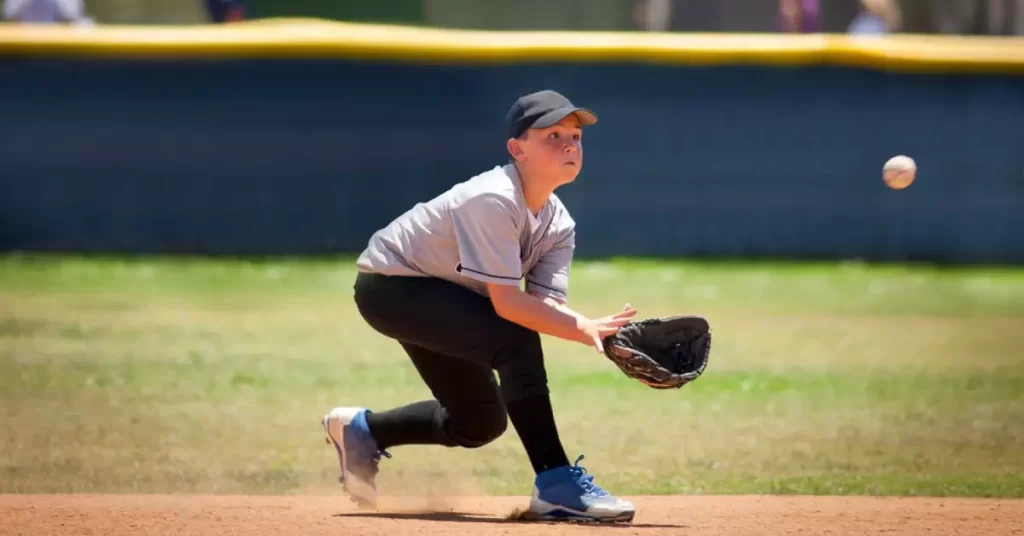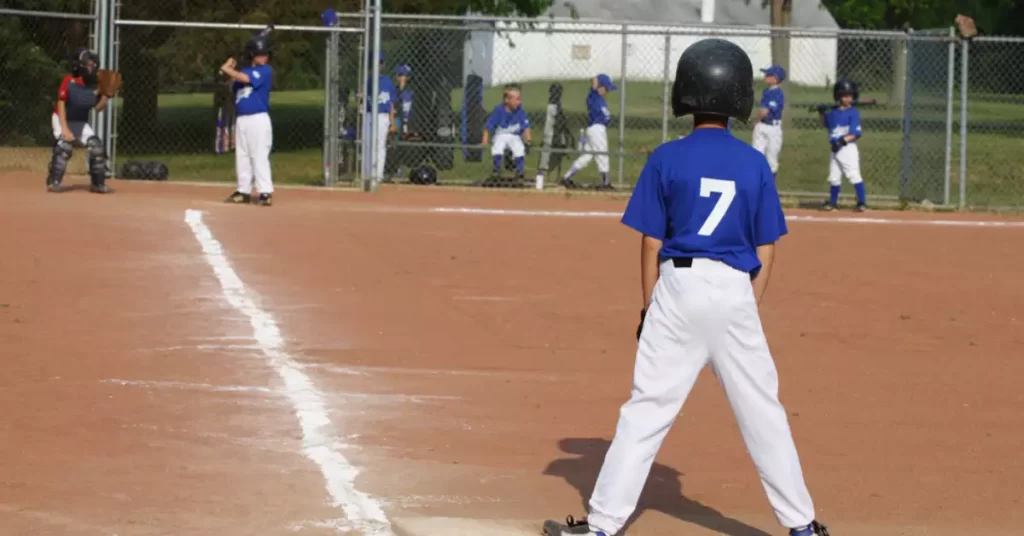The world of baseball is vast, with numerous variations in equipment and rules depending on the age and skill level of the players. One such distinction involves baseball sizes, specifically the 8U and 10U baseballs. Understanding these differences is crucial for the development and enjoyment of young athletes.
The main difference between 8U and 10U baseballs lies in their size, weight, and materials. While 8U baseballs are designed for younger players and typically feature softer materials, 10U baseballs are slightly larger and harder, providing a more challenging experience for advanced players.
Let’s dive deeper into the unique characteristics of these baseballs and their respective roles in the development of budding athletes. This article will help you make an informed decision on which baseball is best suited for your young player, ensuring a fun and safe baseball experience.
Understanding 8U and 10U Baseball
Before discussing the differences between 8U and 10U baseballs, it’s crucial to understand what these terms mean.
The “U” stands for “Under,” and the number represents the age group for which baseball is intended.
8U baseballs are designed for players under the age of 8, while 10U baseballs are meant for those under the age of 10.
Size and Weight Differences
One of the primary differences between 8U and 10U baseballs is their size and weight. 8U baseballs are slightly smaller and lighter than their 10U counterparts, making them easier for younger players to handle.
The reduced size and weight of 8U baseballs enable younger players to develop their skills more effectively and safely.

Impact on Player Development
The use of appropriate baseballs for each age group is essential for player development. Younger players using 8U baseballs can develop their throwing, catching, and hitting skills without the fear of injury or difficulty handling a heavier ball.
As players progress to 10U baseballs, they can continue to develop their skills while adjusting to the increased size and weight of the ball.
Field Dimensions and Pitching Distances
Another significant difference between 8U and 10U baseballs lies in the field dimensions and pitching distances.
Typically, 8U games are played on smaller fields with shorter base paths and pitching distances, while 10U games utilize larger fields with longer base paths and pitching distances.
These changes accommodate the increased size and weight of the 10U baseball, as well as the physical development of the players.
Rules and Regulations
As players transition from 8U to 10U baseball, they will also encounter differences in rules and regulations. Some of these changes may include the introduction of lead-offs, pick-offs, and base stealing, which are not typically allowed in 8U baseball.
Additionally, 10U games may have more advanced pitching rules, such as a greater emphasis on the balk rule and a higher pitch count limit.
Safety Concerns
Safety is a top priority in youth baseball, and the differences between 8U and 10U baseballs reflect this emphasis.
The smaller size and lighter weight of 8U baseballs help reduce the risk of injury for younger players, who may not have the strength or coordination to handle heavier balls.
As players grow and develop, they can safely transition to the larger and slightly heavier 10U baseballs.

Choosing the Right Baseball
When selecting the appropriate baseball for your child or team, consider the age group, skill level, and safety concerns.
Look for baseballs that are specifically designed for the designated age group and ensure that they meet the required standards for size and weight.
Consult with coaches, league officials, or sporting goods retailers for guidance on choosing the right baseball for your needs.
Transitioning Between 8U and 10U
The transition between 8U and 10U baseball can be challenging for young players, as they must adapt to new rules, larger fields, and heavier balls.
Coaches and parents should be supportive during this transition, helping players adjust to the changes and continue developing their skills.
It’s essential to maintain a positive, encouraging atmosphere while fostering a love for the game.
Coaching and Parental Support
Coaches and parents play a crucial role in helping young players navigate the differences between 8U and 10U baseball.
They should focus on teaching the fundamentals, emphasizing proper techniques, and providing a supportive environment that encourages growth and development.
Recognizing that each player’s progress may vary, coaches and parents must be patient and understanding, celebrating individual achievements and milestones.
FAQs
What is the main difference between 8U and 10U baseballs?
The primary difference between 8U and 10U baseballs is their size and weight. 8U baseballs are smaller and lighter, making them more suitable for younger players under the age of 8.
Why is it essential to use the appropriate baseball for each age group?
Using the correct baseball for each age group is crucial for player safety and skill development. The smaller size and lighter weight of 8U baseballs make them more manageable for younger players, reducing the risk of injury and promoting proper technique.
How can coaches and parents support players transitioning from 8U to 10U baseball?
Coaches and parents can help players transition by providing a supportive environment, focusing on teaching fundamentals, emphasizing proper techniques, and being patient and understanding as each player progresses at their own pace.
Conclusion
As we’ve explored the distinctions between 8U and 10U baseballs, it’s clear that both have their unique purpose and value in youth baseball. Selecting the appropriate baseball for your child’s age and skill level can greatly impact their development, safety, and enjoyment of the game.
Remember to consider factors such as size, weight, and materials when choosing the right baseball for your young athlete. Ultimately, the best choice will provide a challenging yet enjoyable experience, fostering growth and skill development in the exciting world of baseball.

